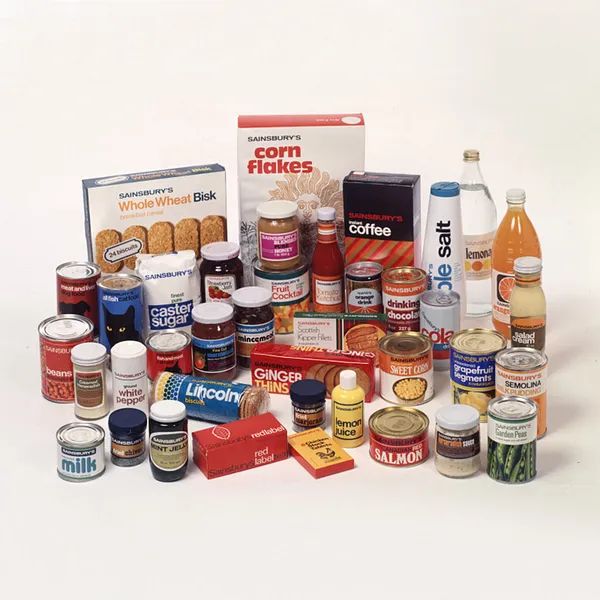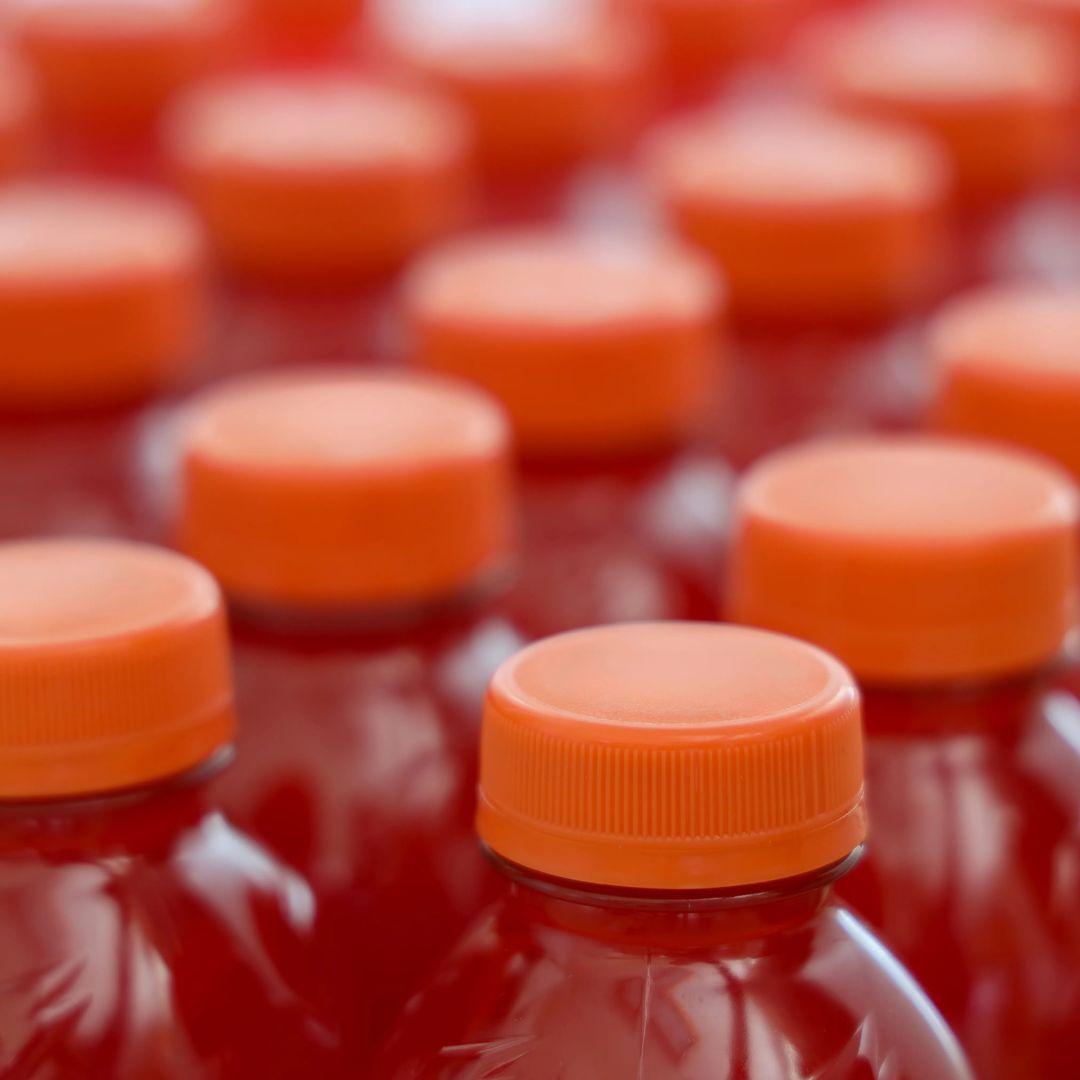From Gas Tanks to Gummy Bears: The Surprising Reach of Petroleum
- News

What if I told you that petroleum is intricately woven into our everyday lives?
When we think of petroleum, we often think of gas stations, oil rigs, and car engines. However, petroleum’s presence extends far beyond fueling our vehicles.

From the synthetic fabrics in your closet to the food coloring in your child’s fruit snacks, petroleum quietly plays a starring role. The reach of petroleum is as surprising as it is unsettling, especially when you learn that substances derived from crude oil are commonly found in everyday items that we ingest, apply to our skin, and use around our homes.
“ Petrochemicals derived from oil and natural gas are used in the manufacturing of over 6,000 everyday products, from toothpaste to trash bags. ”
So, where else is petroleum hiding?
It’s in shampoo, lip balm, non-stick cookware, crayons, prescription pills, contact lenses, toothbrushes, and even vitamins. We rarely think about it, but petroleum is behind the colors in our snacks, the shine on fruit, and the plastic packaging we use every day. We often associate petroleum with power, but we rarely consider its invisible role in the products we trust most.
Let us use Red 40 as an example. This vivid red dye, found in everything from gummy bears to sports drinks, is synthesized from petroleum. While it is currently still permitted in the United States, Red 40 is one of several artificial colorants banned or restricted in many countries due to concerns over its potential health effects, particularly in children. Its widespread use in brightly colored snacks and drinks shows just how normalized these ingredients have become, even as questions about their safety continue to grow.

If petroleum-derived additives can be harmful, why were they introduced into our food and consumer products in the first place?
The answer begins with cost, efficiency, and the rise of mass production. Petroleum is inexpensive to source and highly adaptable. For large manufacturers, using petroleum-derived ingredients allowed for faster production, longer shelf lives, and more consistent results.
Synthetic dyes such as Red 40 were developed because they were brighter, more stable, and significantly less expensive than natural alternatives like beet juice or turmeric. During the early growth of the packaged food and pharmaceutical industries, the focus was on volume and appearance rather than long-term health outcomes. The UCSF Program on Reproductive Health and the Environment reports that “petrochemical production has increased fifteen-fold since the 1950s,” correlating with a significant rise in health issues such as cancer, diabetes, ADHD, and respiratory diseases (Health Impacts of Fossil Fuel Derived Endocrine Disruptors, 2024)
The economic implications are profound.
“ Estimates that exposure to toxic chemicals, including endocrine disruptors found in everyday products, costs the U.S. over $340 billion annually in health care expenses and lost productivity. ”
This substantial financial burden underscores a system where the proliferation of harmful chemicals in consumer goods contributes to a cycle of illness and economic gain for certain industries.
The continued use of these substances reflects a broader political and economic framework that does not always prioritize public health. The lack of stringent regulatory measures allows for the persistence of harmful chemicals in the market, perpetuating a cycle where consumer health is compromised for economic benefit.
“ Federal rules for safe amounts of consumption of synthetic food dyes do not reflect the most current research, further validating the argument that consumer health is compromised for economic benefit. ”
So what are we doing now?
In the past few years, there has been a noticeable shift in how petroleum-based ingredients are viewed. The Food and Drug Administration recently announced plans to phase out Red 40 and several other synthetic dyes by the end of 2026 (FDA News Release, 2025). This decision came after years of public concern and growing research connecting these additives to behavioral and health issues, particularly in children. Department of Health and Human Services Secretary, Robert F. Kennedy, Jr. says, “For too long, some food producers have been feeding Americans petroleum-based chemicals without their knowledge or consent” (FDA News Release, 2025).

At the same time, some companies are starting to move away from petroleum-derived ingredients on their own. Certain medications now clearly state “dye-free” on the front of their packaging. Food brands are replacing artificial colors with natural alternatives like beet juice, spirulina, or butterfly pea flower. Consumers are also paying more attention to ingredient labels and asking questions about what is actually in the products they use every day.
Although these changes are encouraging, they only scratch the surface. Thousands of petroleum-based chemicals are still used across the food, beauty, and pharmaceutical industries. In the United States, many of these ingredients do not require extensive testing before being approved for use, and it often takes years of independent research before serious concerns are acknowledged.
Progress is being made, but there is still a long way to go. It will take continued pressure, awareness, and stronger regulations to truly shift the system in a more transparent and health-conscious direction.